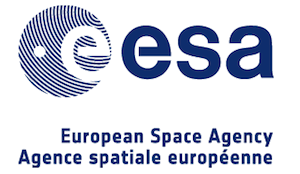The present invention relates to a sub-millimeter wavelength imaging device and particularly but not exclusively to an ambient temperature camera using either single or multiple heterodyne detectors. The terahertz electromagnetic spectrum extends over a range of frequencies where radio waves and optical waves merge and consequently the detection of terahertz radiation utilizes a mixture of optical and radio wave technology.
The camera operates at ambient temperatures in sub-millimeter and/or millimeter wavelength range, and is convenient due to its compact size, potential for portability and ability to perform at room temperature. The low power requirements of the camera are particularly suitable for imaging earth's surface from space as weather conditions such as fog are transparent to terahertz waves. This radiation does have some uniquely attractive qualities: for example, it can yield extremely high resolution images and move vast amounts of data quickly.
It is necessary to develop accurate and robust computational models for analyzing device design and operation at terahertz frequencies. Such models will be key to future advances in the field, and understanding of material properties at terahertz frequencies, as well as general terahertz phenomenology.
For detection of low power passive millimeter and/or sub-millimeter electromagnetic radiation in airborne and land vehicles, security systems (as clothing concealing weapons becomes transparent at terahertz frequencies), chemical and food industries, and medical diagnostics. The specific commercial applications of the invention are related with the aviation and in navigation, in general, in extreme weather conditions.
The transparency of many materials to terahertz frequencies has also been identified as a useful tool for security purposes.
Potentially powerful diagnostic tool for example in the early detection of skin cancers.
At least six different optical principles have been used to actively obtain range images: radar, triangulation, moir, holographic interferometry, focusing and diffraction for medical imaging, security, spectroscopy, aircraft to satellite.
Many possible uses of terahertz sensing and imaging are proposed in manufacturing, quality control, and process monitoring.
Veronica La Regina







